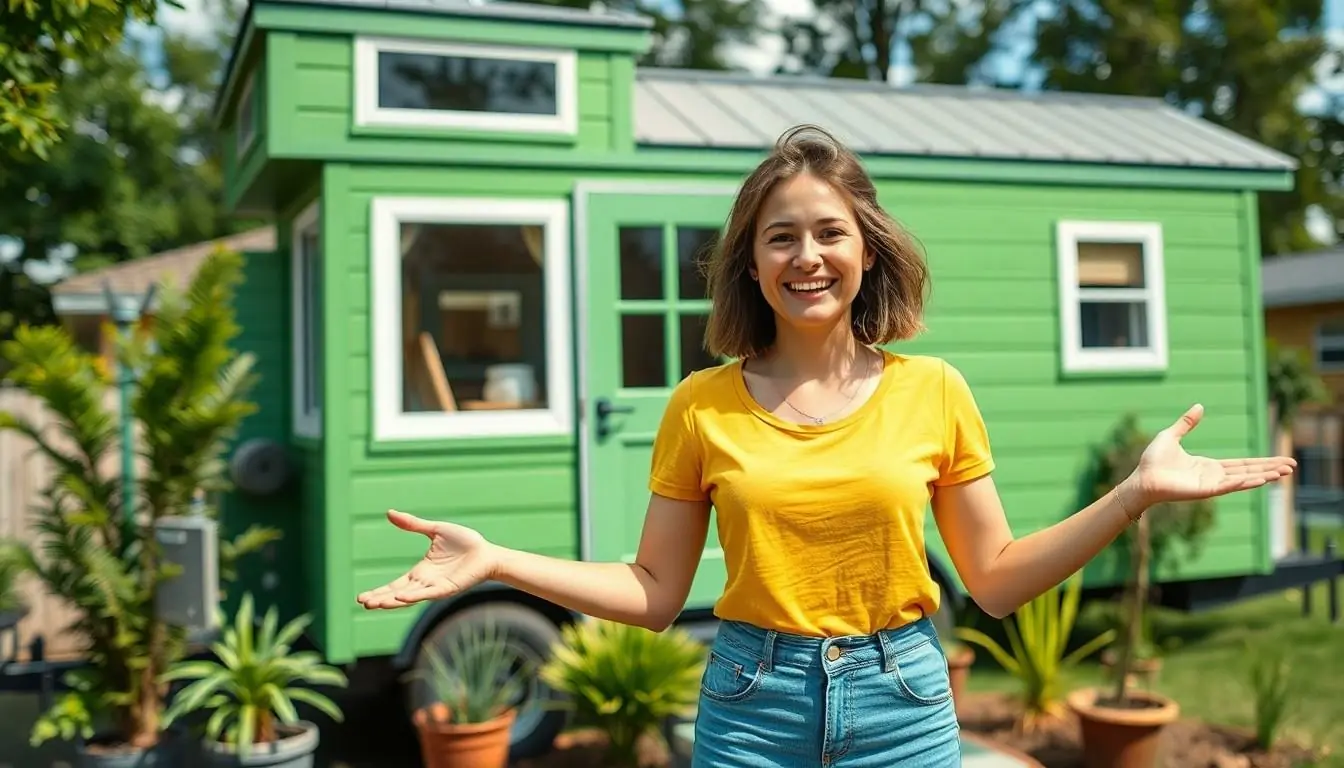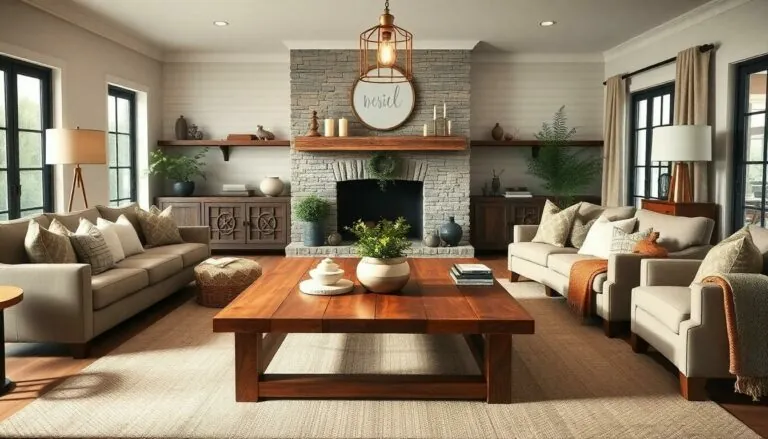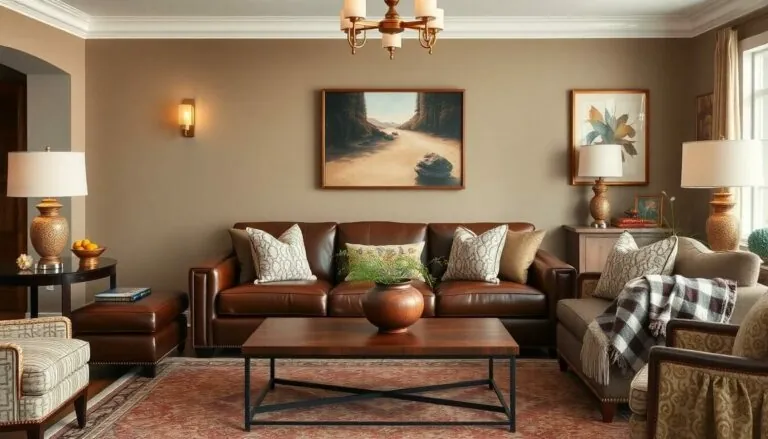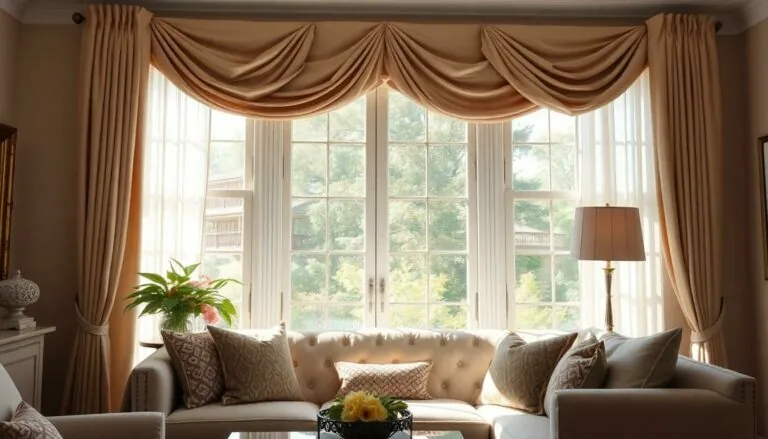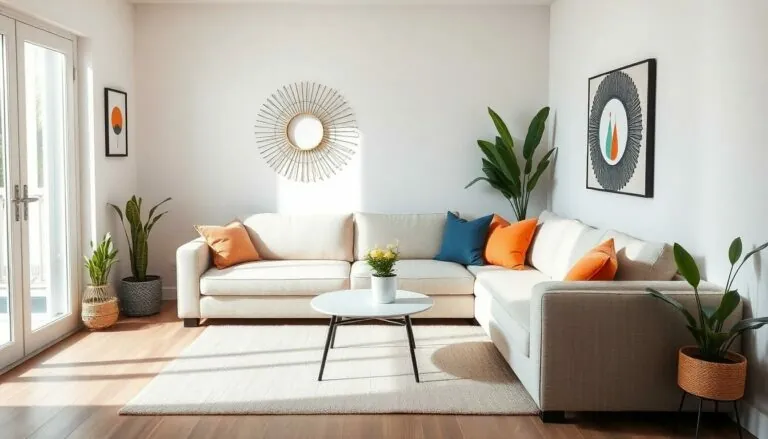Table of Contents
ToggleTiny homes are taking the world by storm, and for good reason. Imagine living large in a space that’s smaller than most people’s walk-in closets. It’s not just about downsizing; it’s about maximizing your lifestyle. With clever designs and innovative storage solutions, tiny homes offer a cozy escape that’s as functional as it is charming.
Understanding Tiny Homes
Tiny homes represent a lifestyle shift towards simplicity and sustainability. These compact living spaces, often under 400 square feet, integrate efficient designs that optimize functionality and comfort.
Definition and Concept
Tiny homes focus on minimalist living while maximizing the use of space. Often on wheels, these structures allow for mobility and versatility. Unique designs cater to individual needs, offering creative solutions while maintaining an inviting atmosphere. The concept revolves around reducing material possessions and embracing a more sustainable, purposeful lifestyle.
Benefits of Tiny Living
Tiny living provides numerous advantages, making it an appealing choice for many. Financial savings stand out, as smaller homes typically equate to lower mortgage payments and reduced utility costs. Enhanced mobility allows individuals to travel or relocate easily, promoting a sense of freedom. Environmentally-friendly practices flourish in tiny homes, given their reduced ecological footprint. Community ties often strengthen as homeowners connect with like-minded individuals in tiny house communities.
Design Ideas for Tiny Homes
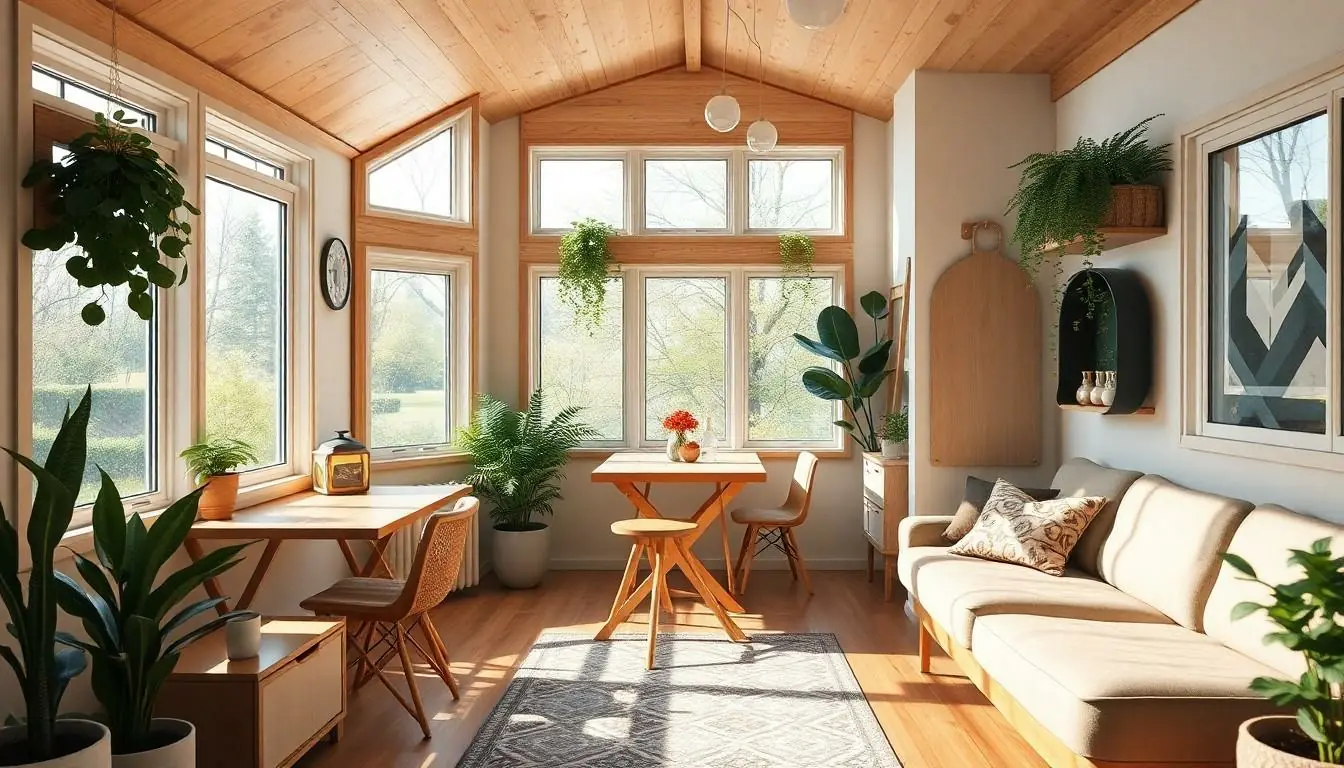
Exploring design ideas for tiny homes reveals a wealth of inspiration. The focus remains on maximizing space while ensuring comfort.
Interior Design Inspiration
Creative interior designs emphasize multifunctional furniture. Foldable tables and sofa beds save space while providing essential functions. Open shelving enhances storage without overcrowding walls. Natural light plays a crucial role, so large windows or skylights optimize brightness, making spaces feel larger. Neutral color palettes promote a serene atmosphere, while pops of color add personality. Plants also contribute to a refreshing vibe, improving air quality and aesthetic appeal.
Exterior Design Aesthetics
Exterior aesthetics of tiny homes make a significant impact. Consider using sustainable materials like reclaimed wood or metal for a modern look. Bold colors on exterior walls can create visual interest while maintaining a natural feel. Incorporating decks or porches extends living space outdoors. Roof designs, such as gabled or flat roofs, influence the overall character of the tiny home. Landscaping options, including native plants or tiny gardens, enhance the environment while promoting biodiversity.
Innovative Storage Solutions
Tiny homes thrive on innovative storage solutions that maximize space effectively. These concepts focus on function without sacrificing style.
Multi-Functional Furniture
Multi-functional furniture serves as a cornerstone for tiny home design. Items like sofa beds, expandable dining tables, and ottomans with hidden storage allow residents to easily adapt spaces for various needs. Wall-mounted desks provide workspaces without consuming floor area. Foldable chairs can be tucked away when not in use, freeing up room for movement. Creative designs ensure that every piece of furniture contributes to the overall functionality of the home, blending seamlessly into its environment.
Creative Organization Tips
Creative organization transforms chaos into order in tiny homes. Utilizing vertical space through shelves and hooks maximizes storage potential while keeping items accessible. Clear bins and labeled containers help categorize belongings, making it easier to find essentials. Drawer organizers enable efficient use of kitchen and bathroom space. In addition, under-bed storage solutions hide seasonal items or less-used possessions, keeping living areas tidy. Efficient organization fosters a sense of calm and simplicity, essential to the tiny home lifestyle.
Sustainable Living in Tiny Homes
Tiny homes promote sustainable living through thoughtful design and resource-conscious choices. These compact spaces offer opportunities for eco-friendly living in various ways.
Eco-Friendly Materials
Sourcing eco-friendly materials forms the foundation of sustainable tiny homes. Reclaimed wood, bamboo, and recycled steel are popular choices for construction. These materials not only reduce waste but also minimize environmental impact. Additionally, low-VOC paints and finishes improve indoor air quality while supporting sustainability initiatives. Many builders opt for insulation made from recycled denim or sheep’s wool to enhance energy efficiency. Using local materials also contributes to a lower carbon footprint due to decreased transportation emissions, making a significant difference in the overall ecological impact of a tiny home.
Energy Efficiency Features
Implementing energy efficiency features greatly enhances sustainability in tiny homes. Energy-efficient appliances reduce electricity consumption, while LED lighting promotes longer lifespan and lower energy usage. Many tiny homes incorporate solar panels for renewable energy sources, providing off-grid living opportunities. Smart thermostats and well-placed insulation maintain comfortable temperatures, reducing heating and cooling needs. Rainwater harvesting systems further enhance sustainability by collecting water for use in gardens or household needs. By integrating these efficiency features, tiny home residents enjoy reduced utility costs and a smaller ecological footprint.
Personal Stories and Experiences
Tiny home living brings unique experiences that highlight its impact on individuals and communities. This section shares personal stories of those who embraced this lifestyle.
Interviews with Tiny Home Owners
Interviews with tiny home owners reveal diverse motivations for their choices. Many owners emphasize financial freedom, citing significant reductions in mortgage payments and expenses. Others focus on the lifestyle shift towards minimalism, appreciating the reduced clutter in their lives. Some owners share their enjoyment of living in nature, as mobile homes allow them to travel and explore. Different owners express a strong sense of community found in tiny home villages, where shared values foster connections. These conversations illustrate the transformative power of tiny living, inspiring others to consider similar paths.
Lessons Learned from Tiny Living
Lessons learned from tiny living emphasize adaptability and intentionality. Residents often discover the importance of evaluating their needs and priorities, leading to more mindful consumption. They recognize space-saving solutions, which encourage creativity in design and organization. Many find that emotional attachment to material possessions diminishes, enabling them to focus on experiences and relationships instead. Community interactions enhance support systems, providing opportunities for collaboration and shared resources. People who embrace tiny living appreciate a simpler, more fulfilling lifestyle, demonstrating that less can indeed be more.
Tiny homes represent more than just a trend; they embody a lifestyle that prioritizes simplicity and sustainability. As individuals embrace this compact living approach, they discover new ways to connect with their surroundings and foster community. The innovative designs and mindful choices made in tiny homes reveal the potential for a fulfilling life with less.
By maximizing space and incorporating eco-friendly materials, tiny homes not only enhance personal well-being but also contribute to a healthier planet. The stories of tiny home owners serve as a testament to the transformative power of downsizing. They inspire others to rethink their living spaces and embrace a lifestyle focused on experiences over possessions. Tiny homes truly offer a path to greater freedom and connection in today’s fast-paced world.


